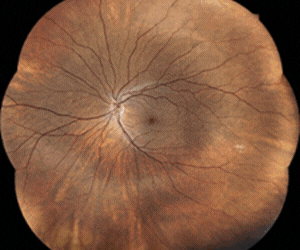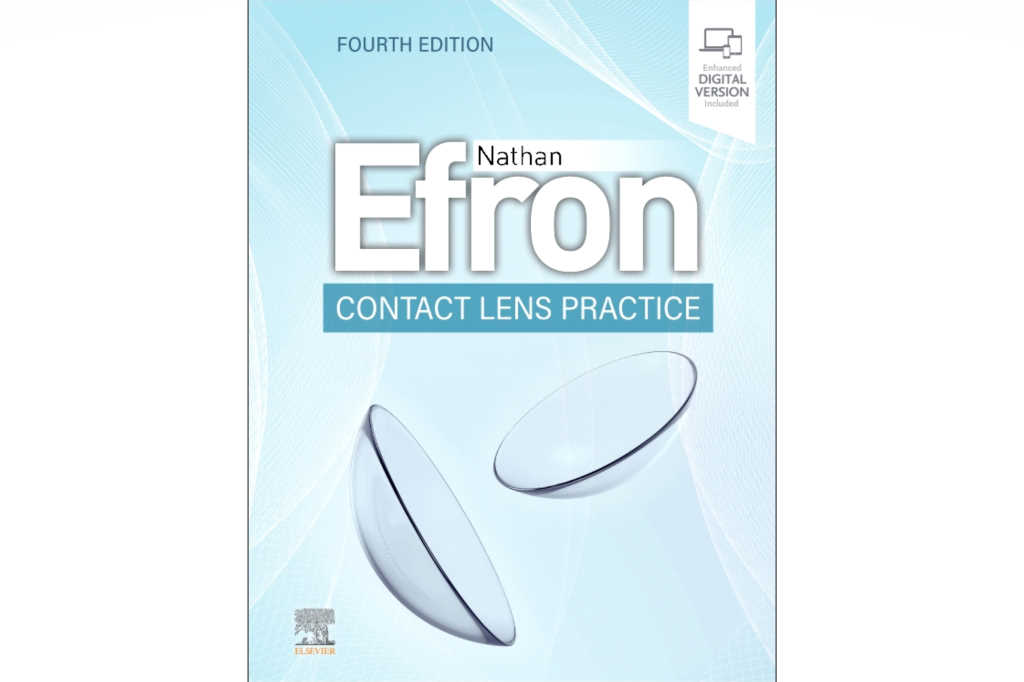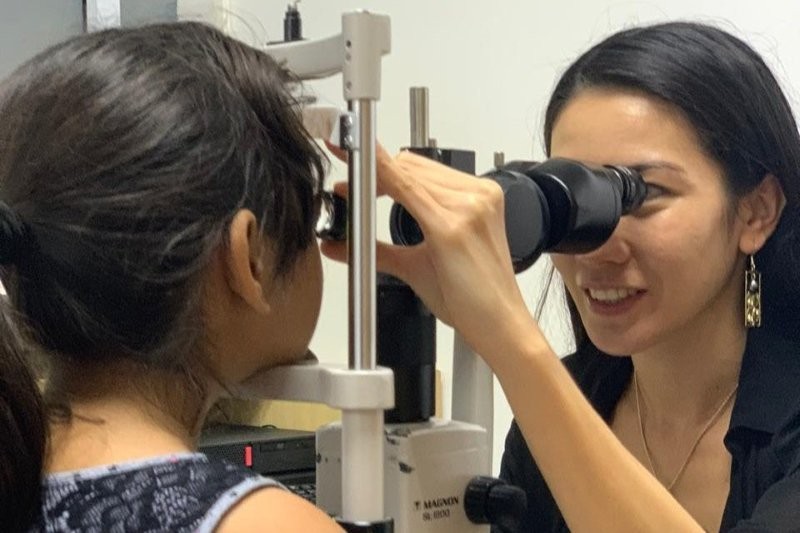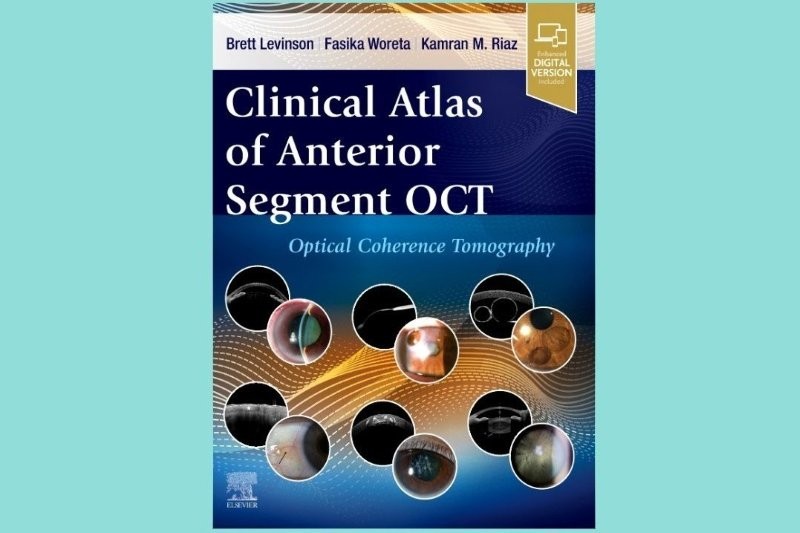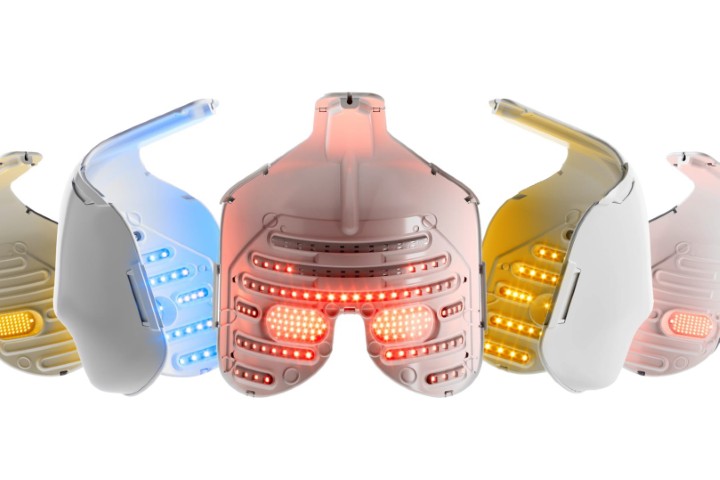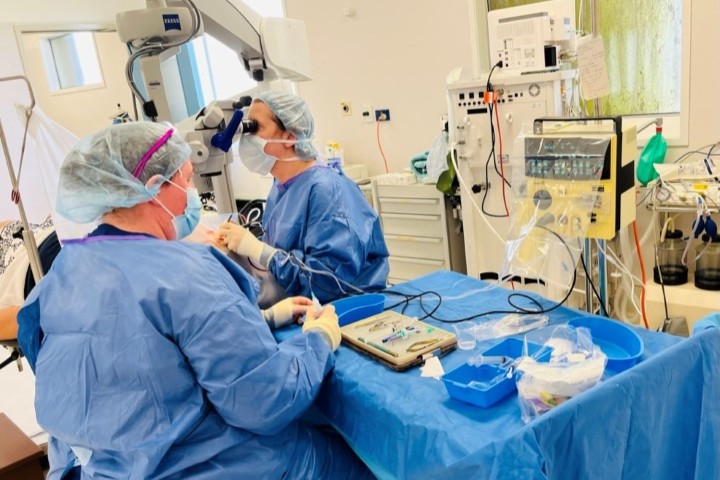Book review: Contact Lens Practice, 4th edition, by Nathan Efron
Emeritus Professor Nathan Efron’s Contact Lens Practice, 4th edition, is a comprehensive and well-crafted resource, containing all the contact lens fitting fundamentals you would expect, plus the latest information, presented in a concise manner.
Divided into six colour-coded sections, it’s easily navigated, as is the e-book, which enables high-resolution viewing of the images. It caters adeptly to both experienced practitioners seeking updates on established knowledge or wishing to review the fundamentals, and novices looking to build their understanding of contact lens fitting. This book also covers a spectrum of contemporary topics, including myopia control, orthokeratology and the field’s latest advancements. The 40 chapters represent contributions from 31 authors whose robust referencing and thoroughness was evident, alongside great illustrations, diagrams and lens-fitting pictures.
The introduction provides a history of contact lenses, anterior eye and visual optics. The established contact lens practitioner might skip this section, but the novice may appreciate learning about when their favourite contact lens came onto the market. The basic anatomy of the ocular surface is well described and supported with great pictures and illustrations throughout, but despite the optical calculations and equations being explained and easy to comprehend, they will require the reader to piece together their practical relevance.
My favourite part of this textbook is the section on special lenses and fitting considerations, as it offers a solid reference for those atypical patients who present infrequently but can greatly benefit from contact lenses. There are also chapters dedicated to keratoconus, babies and children, therapeutic applications, post-surgery, high ametropia, diabetes, sports, extended wear, presbyopia and tinted lenses. The section on disposable and reusable contact lenses is also pertinent, considering it’s one of the largest modalities worn, as were the insightful perspectives on worldwide fitting trends.
As you might expect, both soft and rigid contact lenses are well represented. For each lens type, individual chapters cover materials, optics, measurements, fitting, toric lenses and care systems. One of the standouts of this book is the inclusion of lens manufacturing intricacies and parameters, which helpfully include details of solution components, which can be quite hard to elucidate.
I found the final section on patient examination and management, along with the appendices, contained the most practical and useful content for the practicing optometrist. It was reassuring to see pictures of the latest diagnostic equipment and sample findings of scenarios I recognise, and for those I did not, this is a resource I can turn to for a better understanding.

Dr Wanda Lam completed a cornea and contact lens residency at the Illinois College of Optometry and is currently an optometrist, professional teaching fellow and course director and coordinator at the School of Optometry and Vision Science at the University of Auckland.






